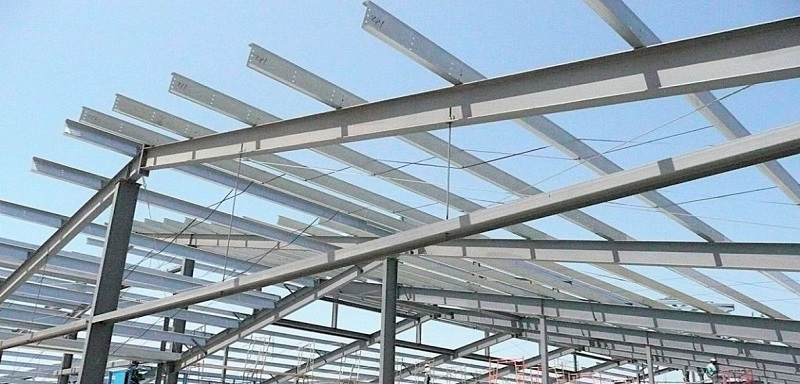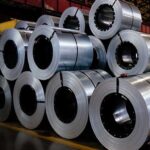Addressing Common Challenges in Stainless Steel Tank Installation and Setup
Installing stainless steel tanks requires meticulous attention to detail and expertise. While these tanks offer numerous benefits such as durability, corrosion resistance, and versatility, certain challenges can arise during the installation and setup process. In this blog, we will explore the common challenges faced during stainless steel tank installation and provide effective solutions to address them. By understanding and overcoming these challenges, you can ensure a successful installation and optimize the performance of your stainless steel tank.
Addressing Common Challenges in Stainless Steel Tank Installation and Setup
Site Preparation:
Proper site preparation is crucial for a successful stainless steel tank installation. Assessing the terrain, establishing a stable foundation, and accommodating infrastructure connections are essential steps in this process. Conducting a thorough site survey and consulting with experts will help address potential obstacles and meet site-specific requirements.
Solution: Engage experienced professionals who can guide you in site preparation, ensuring the tank is installed on a level and solid foundation. This may involve soil testing, grading, and considering factors like drainage and accessibility.
Transport and Rigging:
Transporting and rigging stainless steel tanks can be complex due to their size, weight, and delicate construction. Challenges may arise in terms of logistics, equipment selection, and ensuring safe handling and positioning during installation.
Solution: Collaborate closely with experienced riggers and transporters specializing in handling stainless steel tanks. They can assess logistical requirements, select appropriate lifting and rigging equipment, and safely transport and position the tank at the installation site.
Tank Alignment and Leveling:
Proper alignment and leveling of the stainless steel tank are crucial for optimal performance and longevity. Uneven or misaligned tanks can lead to structural issues, strain on fittings, and operational inefficiencies.
Solution: Utilize precision measuring tools like laser levels or digital inclinometers to ensure accurate alignment and leveling. Regularly check and adjust as necessary during the installation process to maintain proper alignment.
Fittings and Connections:
Connecting and integrating fittings, valves, and pipes with the stainless steel tank can pose challenges, especially when dealing with different materials, sizes, and compatibility issues. Improper fitting connections can result in leaks, inefficiencies, and compromised performance.
Solution: Work closely with qualified plumbers and pipefitters experienced in working with stainless steel tanks. Ensure that fittings and connections are made using appropriate materials, techniques, and sealants to ensure leak-free operation.
Safety Considerations:
Prioritizing safety is paramount during stainless steel tank installation. Challenges may arise in ensuring worker safety, complying with regulations, and managing potential hazards such as confined spaces or working at heights.
Solution: Implement a comprehensive safety plan, including proper training, safety equipment, and adherence to relevant standards and regulations. Conduct thorough risk assessments, provide adequate personal protective equipment (PPE), and ensure proper ventilation in confined spaces.
Conclusion:
By effectively addressing the common challenges in stainless steel tank installation and setup, you can overcome potential obstacles and ensure a smooth and successful process. Proper site preparation, collaborating with experienced professionals, attention to alignment and leveling, meticulous handling of fittings and connections, and a strong commitment to safety is key to mitigating these challenges. Remember to consult experts, follow best practices, and prioritize quality and safety to optimize the long-term performance and reliability of your stainless steel tank.


